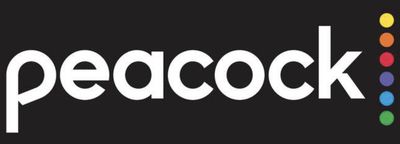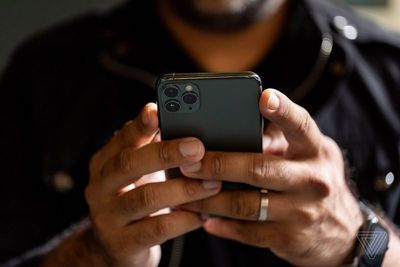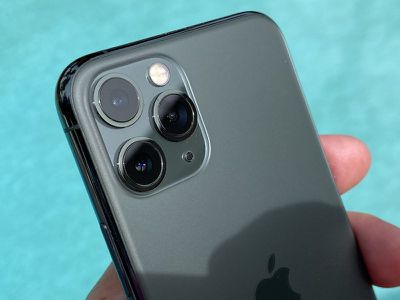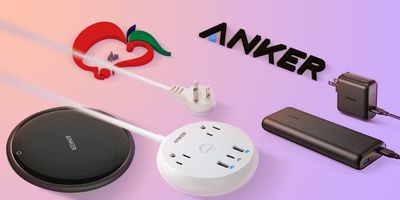Amazon this week is discounting numerous Apple notebooks and tablets, offering new all-time-low prices in each instance. You can save as much as $400 in these sales, which relate to the 2019 MacBook Pro and MacBook Air, and the 2018 iPad Pro and iPad.
 Note: MacRumors is an affiliate partner with Amazon. When you click a link and make a purchase, we may receive a small payment, which helps us keep the site running.
Note: MacRumors is an affiliate partner with Amazon. When you click a link and make a purchase, we may receive a small payment, which helps us keep the site running.
2019 MacBook Pro
To start off, there's a unique coupon available for the 13-inch MacBook Pro this week on Amazon. The retailer has discounted the all-new 2019 MacBook Pro with 8GB RAM and a 256GB SSD to $1,599.99, down from $1,799.00, which in and of itself is an all-time-low price.
But, when you clip the on-page coupon to take an additional $200 off (totaling $400 off), you can get the computer for just $1,399.99, easily beating the prices found on Best Buy and B&H Photo.

This is the model that Apple updated in May 2019, with an eighth-generation Intel processor and new butterfly keyboard technology. Head to Amazon to check out the sale before it ends soon.
2018 11-Inch iPad Pro
You can also save on the 11-inch iPad Pro from 2018 this week, with Amazon offering another all-time-low price. The 1TB Wi-Fi iPad Pro is available for $1,149.99, down from $1,349.00 ($200 off).

If you prefer the 12.9-inch model, Amazon has the 1TB 12.9-inch iPad Pro at $1,349.99, down from $1,549.00 ($200 off), which is another lowest-ever price. These are the iPad Pros that received a major design overhaul last fall, with slim bezels, Face ID, USB-C, and support for the Apple Pencil 2.
2018 9.7-Inch iPad
Lastly, you can save on the 32GB cellular 9.7-inch iPad, priced at $379.00, down from $459.00 ($80 off). As with every other sale today, this is the lowest price we've tracked among the major Apple resellers online.

This iPad comes with a 9.7-inch Retina display, A10 Fusion chip, Touch ID support, 8MP back camera and 1.2MP front camera, 802.11ac Wi-Fi and up to 10 hours of battery life.
2019 MacBook Air
For a limited time, this MacBook Air is priced at $899.97, down from $1,099.00. At nearly $200 off, this is the lowest price the new MacBook Air has ever reached, and stock appears to be tight. Amazon says that this model will be in stock on October 17, but it may ship sooner depending on supplies.

Apple updated the MacBook Air in July with a True Tone display, updated butterfly keyboard, and a more affordable price tag starting at $1,099 (down even lower today). This line also includes a Retina display, slim bezels, Touch ID, 8th-gen Intel chips, up to 16GB RAM, and up to a 1TB SSD.
Be sure to visit our full Deals Roundup for all of the latest Apple-related discounts and offers.
































 Note: MacRumors is an affiliate partner with Amazon. When you click a link and make a purchase, we may receive a small payment, which helps us keep the site running.
Note: MacRumors is an affiliate partner with Amazon. When you click a link and make a purchase, we may receive a small payment, which helps us keep the site running.















